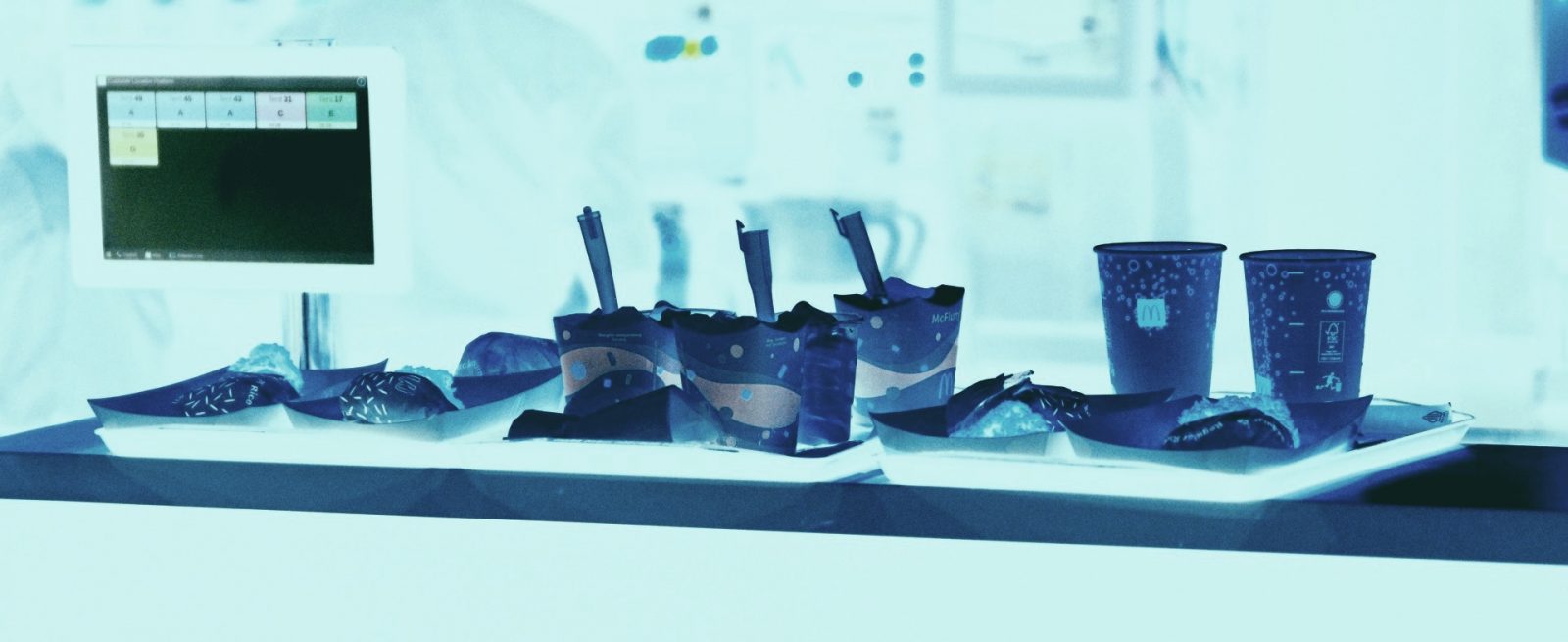Where Is Surge Pricing Headed?
4 Min Read By MRM Staff
"Restaurants thinking about implementing surge pricing need to balance the revenue upside with the potential brand backlash," says Savneet Singh, CEO of PAR Technology. "While third-party delivery companies were expected to commoditize food like airline tickets, the opposite happened: people became more attached to their favorite brands. Food is visceral in a way that airline seats aren't. Trying to apply surge pricing models in restaurants is still very early and I think we’ll see brands take a cautious approach to figure out what ‘sells.’"
Is it possible for restaurants to have the best of both worlds and maximize revenue and still capture customer loyalty?
Modern Restaurant Management (MRM) magazine asked Singh to elaborate on his views on where the pricing model is headed in the QSR landscape.
After the Wendy’s dynamic pricing fiasco, where does the industry stand on dynamic/surge pricing? How can a brand recover from a misstep?The industry is going to be tepid…
Sorry, You've Reached Your Article Limit.
Register for free with our site to get unlimited articles.
Already registered? Sign in!

